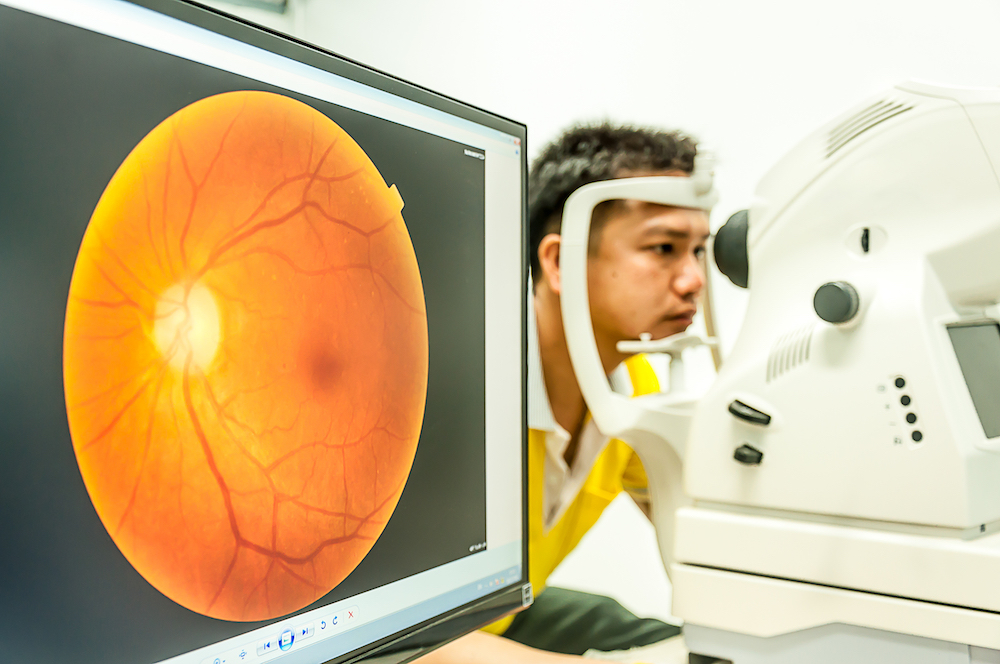
Dilation keeps many people from scheduling their annual eye exams. It is a nuisance, and no one can honestly say they enjoy it. Vision tests are easy, comfortable, and effortless. However, the thought of the in-depth tests that require dilation is not welcoming at all.
All the same, the doctor needs to see the inside of your eye. It is the most crucial part of your comprehensive eye exam. Dilating the eyes gives them a better view of your optic nerve, blood vessels, and retina.
What Is Optomap?
Optomap is a new technology that allows the doctor to conduct a retinal examination without dilating your pupils. Dilation of pupils is an integral part of a comprehensive eye exam. The technology assists doctors and their patients to be at ease. It overcomes the hurdle of doctors taking time to explain the importance of dilation to unwilling patients.
How Does It Work?
Optomap uses low-power laser technology. It digitally scans your retina. The doctor can take an ultrawide digital scan that shows fine details. They can view it in real-time as you sit in a type of photo booth. It allows the doctor to perform a quick review. The test is non-invasive and takes about a minute.
Different wavelengths of laser light capture the image of the retina. The technology can also filter the image, allowing the doctor to evaluate different retinal layers. The doctor will view the retinal image on a computer and save them for future comparisons.
Benefits of Optomap Retinal Exam
The lack of ready availability of the technology may make it seem too good to be true. However, there are reasons why you may not encounter this technology everywhere. In most cases, it is because traditional insurance does not cover optomap. Thus, doctors need to charge patients an extra fee. However, there are many benefits to getting an optomap retinal exam.
It Is Non-invasive
The procedure requires you to sit down in a type of photo booth. You lean forward then the device takes your picture. There are no eye drops or any other thing that touches your eye.
No Dilation
Traditional dilation of the eyes is uncomfortable while eye drops sting. They take 30 minutes to kick in and dilate the pupil. The doctor takes another five to ten minutes to evaluate the inside of your eye with a bright light. After you leave the doctor's office, you will have blurry vision, and your eyes will be sensitive to light for four to six hours. Optomap does not require dilation.
Wider Retinal Imaging
Optomap captures 30 percent more detail than the traditional dilation process. It allows doctors to view the retina using an ultra-widefield, high-resolution image. It does this in only a minute. The technology also processes the image in real-time.
Real-time Images
The technology lets the doctor review the images in real-time. After, they can refer the patient to a retinal specialist if necessary. They can also save the retinal images for future comparisons.
For more information on an optomap retinal exam, contact Clarity Vision at our offices in Smithfield, Virginia. You can call (919) 737-7200 today to schedule an appointment.
















